Venturing to unexplored territories has always been a part of human nature. From the mysteries of the deep sea to the farthest reaches of outer space, mankind’s curiosity knows no bounds. However, some places on Earth remain tantalizingly out of reach, whether due to their perilous nature, protective legislation, or out of respect for cultural and biological preservation. These forbidden zones not only pique interest but also serve as reminders of the intricate balance between exploration and preservation. This post delves into the details of such off-limits places, exploring their history, significance, and the reasons for their strict inaccessibility.
Contents
Area 51, United States
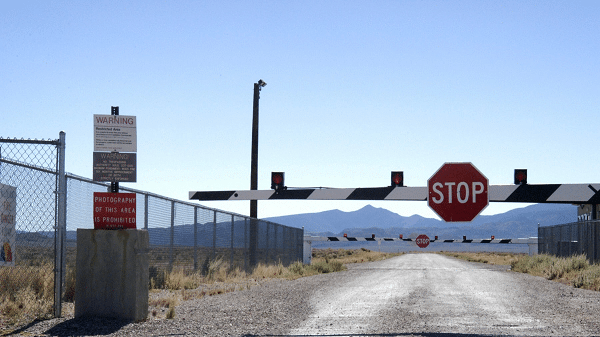
Enshrouded in mystery and a regular feature in sci-fi folklore, Area 51 is a top-secret U.S. Air Force facility located within the Nevada Test and Training Range. Rumored to be a site for classified aircraft testing and alleged extraterrestrial encounters, this place has always been a source of fascination. The perimeters of Area 51 are well-guarded with signage indicating trespassers may face severe consequences, even lethal force. The secrecy surrounding this facility only fuels public curiosity and speculation.
Area 51’s classified nature primarily stems from national security interests. As a site linked to the development and testing of experimental aircraft and weaponry, access is strictly limited to personnel with top-level security clearance. Unauthorized access is deemed a significant threat, potentially jeopardizing sensitive information. As a result, it remains a no-go zone for civilians, perpetuating the mystique that surrounds it.
Tomb Of Qin Shi Huang, China
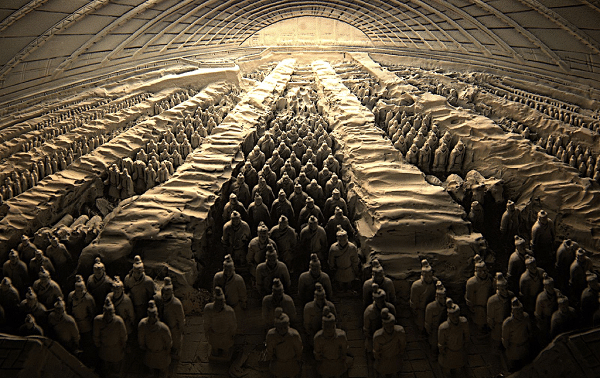
The Mausoleum of the First Qin Emperor, Qin Shi Huang, is one of the most renowned archaeological sites in the world. Known for its terracotta army – thousands of life-sized soldier statues standing guard over the emperor’s tomb – it presents an exceptional testimony to the first empire of China. However, the actual burial chamber of the emperor remains unexplored and off-limits.
Despite the rich historical significance, Chinese authorities have chosen to leave the main burial chamber untouched due to concerns of preservation. Archaeologists believe that excavation with current technology could damage priceless artifacts and the tomb itself. Moreover, ancient texts describe a complex tomb full of booby traps, which also deter exploration. Therefore, the resting place of Qin Shi Huang remains a mystery and a place where no one is permitted to visit.
Svalbard Global Seed Vault, Norway
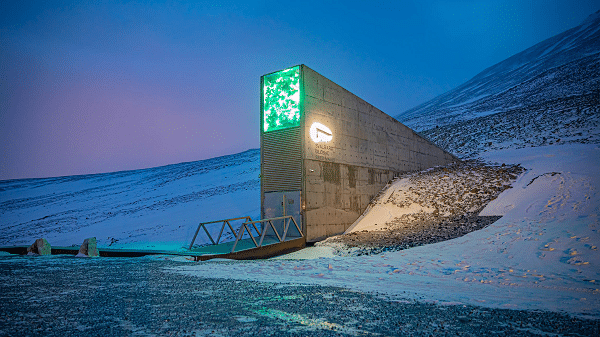
Safeguarding the world’s agricultural future, the Svalbard Global Seed Vault in Norway houses an array of seeds from global food crops. Built to withstand natural or man-made disasters, it’s a fail-safe seed storage facility, ensuring food supply continuity in the event of a significant global catastrophe. Its location, far within the Arctic Circle, adds an extra layer of protection, as the permafrost and thick rock ensure seeds remain frozen even without power.
Access to the vault is highly restricted due to the crucial role it plays in global food security. Regular deposits are made by various nations, with each country retaining ownership and control over its seeds. The vault’s isolation is critical to maintaining a steady temperature for seed preservation and avoiding any risk of cross-contamination. Hence, except for staff and occasional official visitors, the Svalbard Global Seed Vault remains inaccessible to the general public.
North Brother Island, United States
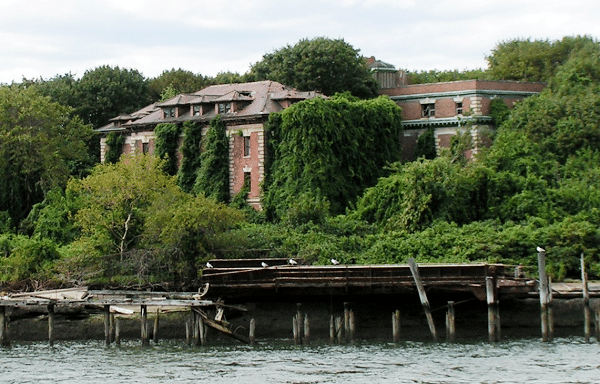
North Brother Island, an eerie patch of land situated in New York City’s East River, has a history steeped in tragedy and isolation. Its past roles include a quarantine hospital for infectious diseases, a rehabilitation center for drug addicts, and a home for WWII veterans. The dilapidated and overgrown ruins of these buildings still stand today, a testament to the island’s past.
In 1963, North Brother Island was declared a bird sanctuary and has remained off-limits to the public ever since. The island is a nesting site for various bird species, including the endangered Black-crowned Night Heron. With access strictly controlled by the New York City Department of Parks and Recreation, it now stands as a time capsule of New York’s past, untouched by the city’s relentless evolution.
Lascaux Caves, France

Among the verdant landscapes of southwestern France lies an invaluable historical treasure – the Lascaux Caves. These caves house some of the most significant Paleolithic art, featuring over 600 wall paintings that date back around 17,000 years. These intricate works of art offer a glimpse into the lives and minds of early humans, becoming instrumental in understanding human history.
Regrettably, the caves have been closed to the public since 1963 due to damage from exposure to thousands of visitors. The carbon dioxide, humidity, and other contaminants introduced by human presence led to the growth of mold and fungi, threatening the preservation of the delicate cave art. Today, only a few scientists and conservators are allowed access for study and conservation purposes, preserving this heritage site for future generations.
Surtsey Island, Iceland
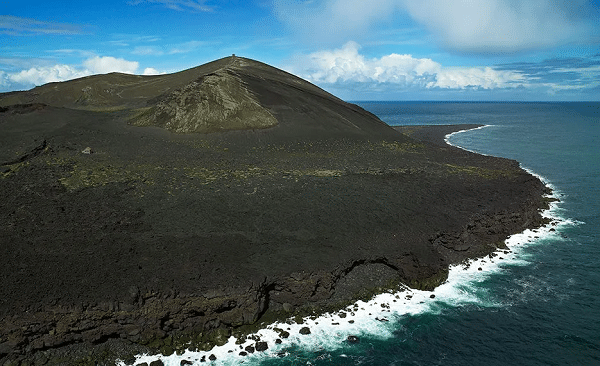
Emerging from the North Atlantic Ocean off the southern coast of Iceland, Surtsey Island is a testament to the planet’s volcanic origin. Formed in 1963 from a volcanic eruption that lasted for four years, it’s one of the youngest places on Earth. The island provides a pristine natural laboratory, offering scientists a unique opportunity to observe and study the colonization process of new land by plant and animal life.
Access to Surtsey is extremely restricted to maintain its untouched ecological state, except for a small group of scientists who are permitted to land for essential research purposes. The stringent regulations ensure that the island’s environment remains as undisturbed as possible, preserving its value for scientific study. Consequently, Surtsey was declared a UNESCO World Heritage site in 2008, emphasizing its ecological and scientific significance.
Conclusion
Forbidden places around the world intrigue and beckon with their stories, mysteries, and secrets. Whether they exist for the sake of preservation, protection, security, or out of respect for cultural values, these locations serve as reminders of the delicate balance between human curiosity and the preservation of natural and cultural heritage. Emphasizing this balance promotes an appreciation for these places, even if they remain tantalizingly out of reach. It’s crucial to respect these boundaries, recognizing that some places, despite their allure, should remain undisturbed, allowing them to continue inspiring awe and wonder from afar.


